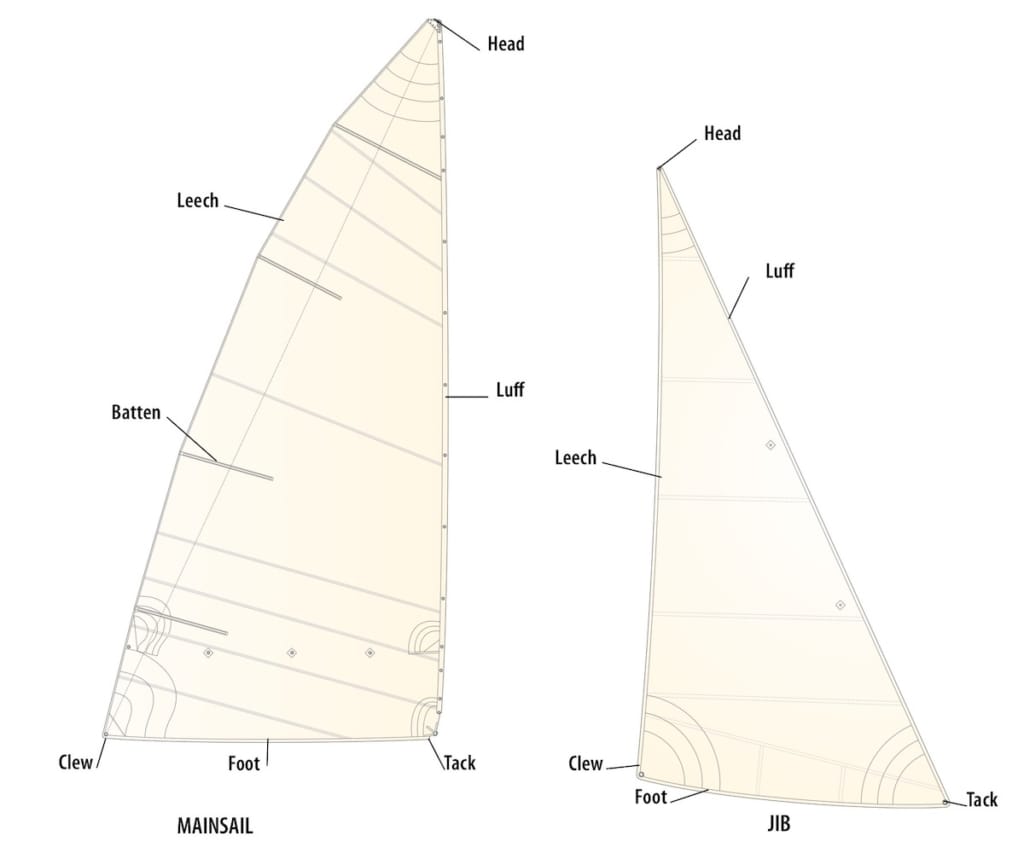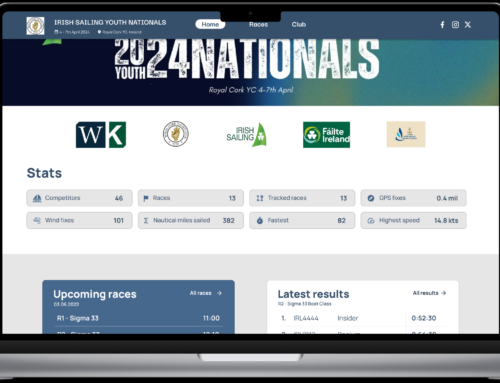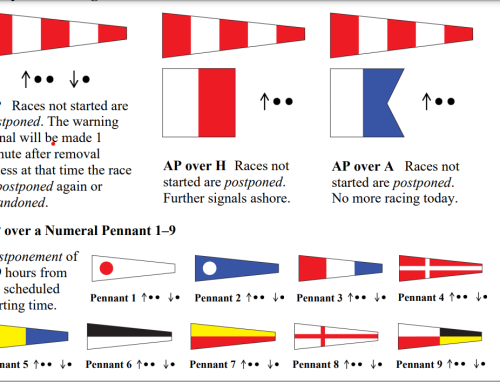Welcome to “Sail Racing 101,” your go-to series for learning the fundamentals of competitive sailing! Whether you’re dreaming of joining a race crew or want to sharpen your skills, this series is designed to provide clear, actionable insights to help you navigate the waters with confidence. Today, we’re tackling a crucial topic: mastering the basics of sailing lines. If you’re looking to race, understanding how to handle lines is essential!
Why Mastering Sailing Lines Matters in Racing
Lines are the heart and soul of sail control. From adjusting the mainsail to trimming the jib, knowing your way around the lines is vital for efficient boat handling and performance. Whether you’re on a solo mission or part of a team, having a solid grasp of how to use lines gives you control over the sails, ultimately making you a valuable asset in any race.
Get to Know Your Lines
Before jumping into maneuvers, it’s essential to familiarize yourself with the lines and their functions. Here’s a quick rundown:
- Mainsheet: Controls the angle and tension of the mainsail, which is the primary power source for the boat.
- Jib Sheets: These lines control the jib sail, allowing you to adjust it to catch the wind efficiently.
- Halyards: Used to hoist sails up the mast. The mainsail and jib each have their own halyards.
- Outhaul: Controls the tension on the foot of the mainsail, affecting sail shape and performance.
- Traveler and Boom Vang: These adjust the position and tension of the boom, which fine-tunes the mainsail shape.
Practice the Basics
Here are some practical tips to start mastering the lines:
- Hands-On Repetition: Spend time on a docked or moored boat practicing each line’s function. Understand how each adjustment affects the sail.
- Set Up Simulated Scenarios: Try simulating common maneuvers, like tacking and jibing, and focus on how line adjustments change sail shape and boat speed.
- Join Sailing Clubs or Crews: Volunteering as a crew member, even in non-racing contexts, can give you hands-on experience with line handling.
Mainsail and Jib Control
Let’s dive deeper into controlling the main and jib sails, the two most critical elements for sailboat racing:
Mainsail Control with the Mainsheet
The mainsail is your boat’s powerhouse. Proper control of the mainsheet can make a significant difference in speed and handling. Here’s how:
- Upwind Sailing: Tighten the mainsheet to flatten the sail for better windward performance.
- Downwind Sailing: Ease the mainsheet to allow the sail to catch more wind.
- Quick Tips: Practice adjusting the mainsheet while keeping an eye on the boom position. Use the traveler to center the boom for more precise control.
Jib Control with Jib Sheets
The jib helps fine-tune your boat’s balance and speed. Here’s how to effectively use the jib sheets:
- Trimming: Pull the jib sheet to tighten the sail, which helps optimize your angle to the wind.
- Easing: Let out the jib sheet when the wind angle changes, especially during turns.
- Quick Tips: Practice tacking with a focus on jib trim adjustments. Aim for smooth, quick movements to keep the jib full and drawing efficiently.
Keep Practicing, Keep Learning
Mastering line basics is a foundational skill for any aspiring racer. Don’t be afraid to make mistakes and learn as you go. Keep practicing, join local races, and most importantly, keep having fun. The more you get comfortable with the lines, the more confident you’ll become on the water.






